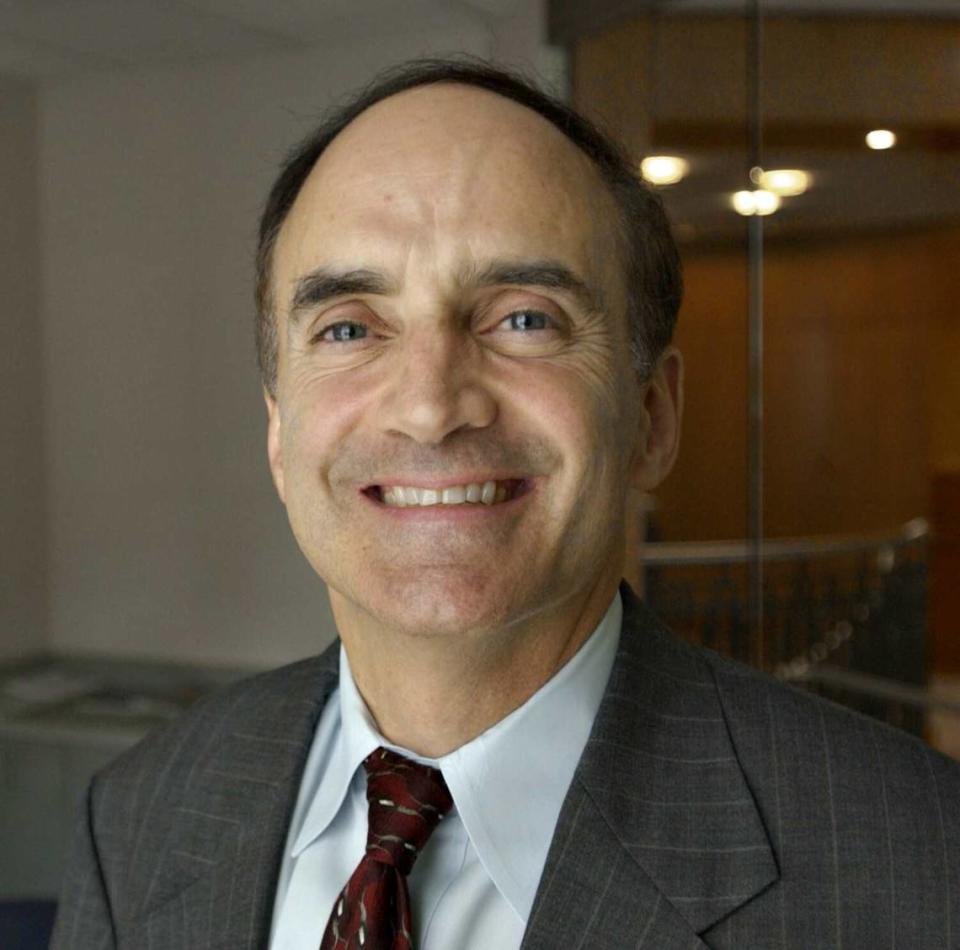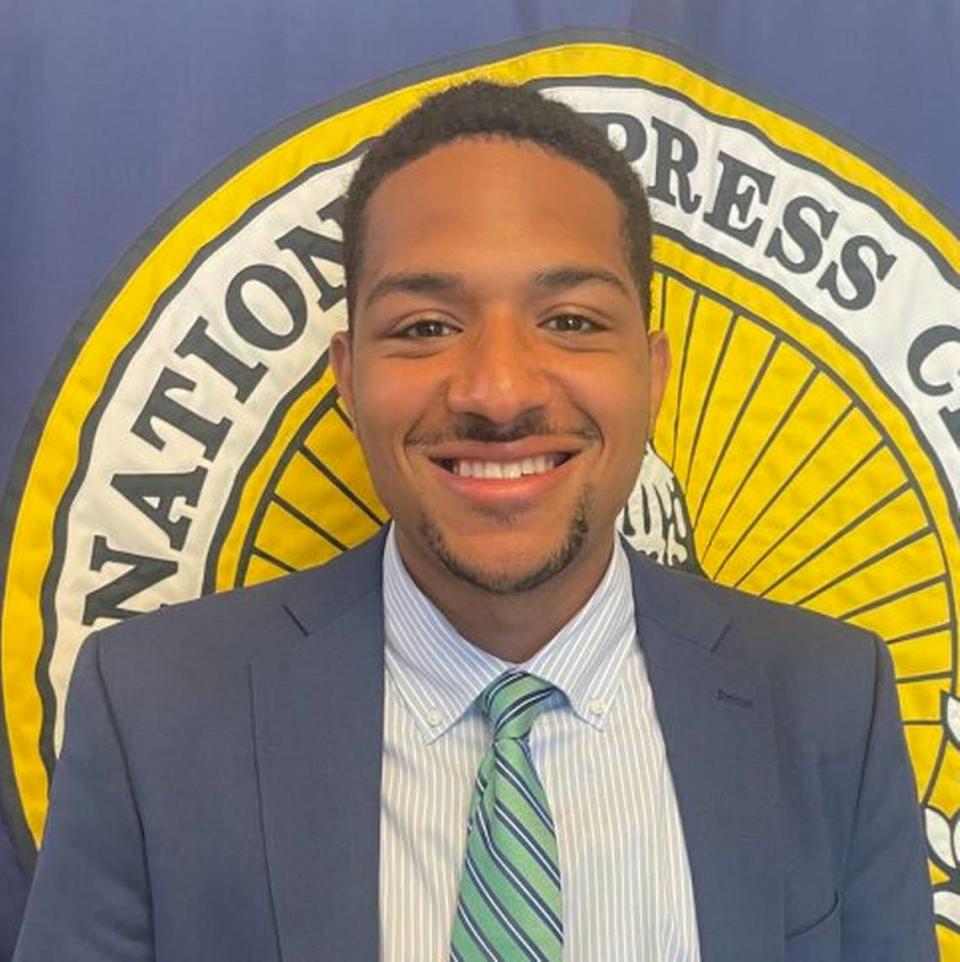New Billy Graham statue at Capitol should stay, but one part needs to change | Opinion
On May 16, a statue of the late Rev. Billy Graham was unveiled in the U.S. Capitol. It’s North Carolina’s official entry in the Crypt of the U.S. Capitol.
For the people of Graham’s home state, and for the world, this is a worthy honor for one of the most famous modern religious leaders. However, the statue brings up an interesting question about the relationship between church and state in the United States.


For some, this statue immortalizes a man who was a staple on television for close to 60 years and helped spread the importance of religion and morality throughout the United States. For others, by erecting this statue in the U.S Capitol, it immortalizes the word and teachings of Christianity, and is in direct competition with the thought that religion and state should be separate, as stated in the First Amendment: “Congress shall make no law respecting an establishment of religion or prohibiting the exercise thereof.”
To be clear: We believe that Graham’s statue deserves to stay. It’s the two religious inscriptions at the base that cross the dividing line between church and state, and we’d like to see those removed.
It is important to note that Graham isn’t the only religious leader honored with a statue in Congress, as many states have gifted statues of significant religious figures. In the National Statuary Hall, Utah gifted a statue of Brigham Young, the second president of the Church of Latter Day Saints. There is a statue of Father Damian in the Hall of Columns, who was an ordained priest and philanthropist in Hawaii.
The argument for these peoples’ inclusion seems to be based on them as founders and servants of the state, as opposed to being religious leaders. However, this line remains blurry, and is further complicated by the Graham statue.
Despite the legitimate justification for the statue and its inclusion, there are aspects of the statue that suggest a more religious undertone, and seems to be actively trying to spread scripture to those that view it.
First, the statue features Graham holding an open Bible, open to Galatians 6:14: “But God forbid that I should glory, save in the cross of our Lord Jesus Christ, by whom the world is crucified unto me, and I unto the world.”
Second, there are two lines inscribed at the base of the statue. The two scriptures are John 14:6 and John 3:16, both of which were read out loud at the ceremony. These inscriptions were mentioned at the ceremony by Speaker of the House Mike Johnson, who himself is an evangelical Christian. Johnson said: “Millions of people will walk by and read John 14:6 and John 3:16... And at the base of the foundation those two verses will be shared broadly.”
While this is a great accomplishment for Graham and his family, not everyone was totally thrilled with the statue, and some close to him raised concerns about how Graham would view this honor. Many believe that Graham always strived to put the word of God over individual achievement and recognition.
Based on the opinions of those who knew him, it seems Graham always pushed focus off himself and onto the words of the Bible. In this case, his new statue succeeds in doing that. However, the focus of scripture over the man suggests that the statue is looking to promote Christian rhetoric, rather than celebrate someone for their cultural relevance.
Graham was a great man and deserves to be celebrated, but not at the expense of promoting religion in a place that we have been encouraged to keep religion away from. The difference between Graham’s and other religious statues is important: the base of Graham’s statue and also the Bible he is holding have verses of scripture. The Graham statue could be fixed but right now, it goes over the line.
Robert Weiner is a former spokesman for the Clinton and Bush White Houses and for the House Government Operations and Oversight Committee. Jonathan Person is Senior Research and Policy Analyst for Robert Weiner Associates and the Solutions for Change Foundation.


